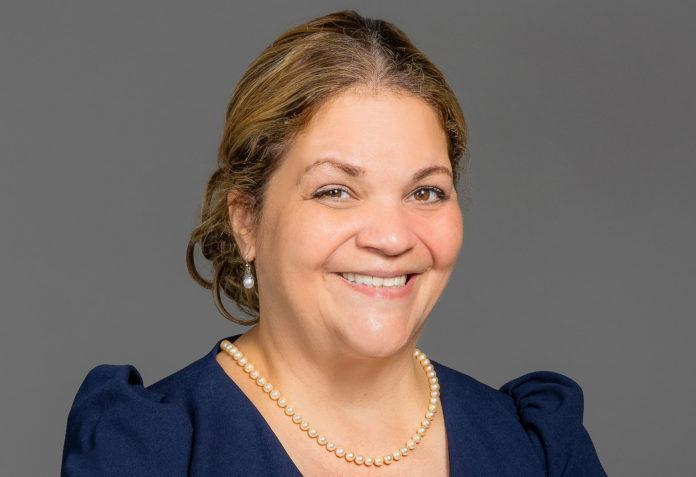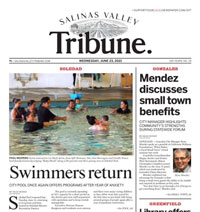California’s investment in education has created one of the most impressive higher education systems in the U.S. with the California State University, University of California and California Community Colleges. Together, California’s colleges and universities make up 12% of full-time equivalent enrollment in higher education nationwide, according to the Public Policy Institute of California (PPIC).
The California State University (CSU) system is the largest public four-year higher education system in the United States, preparing the future majority of our country and driving the economic engine of our state. CSU also provides pathways for community college students to complete a four-year degree. In fact, about one in four CSU undergraduates are transfer students from community colleges (PPIC).
Like the UC system, the CSU system is consistently recognized for its academic excellence and contributions to the public good. Each year, the 23 campuses earn accolades for providing quality education, ensuring access and affordability, and driving social mobility, and they earn top scores on national rankings. Thus, Californians have access through the CSU to a top-tier education that drives the state toward a stronger economic and financial future. Unfortunately, recent financial pressures, along with a lack of adequate funding and the erosion of resources, are gradually undermining this vital state infrastructure.
The state’s proposed 8% cut for fiscal year 2025-26 is not a singular pressure on the CSU budget. Instead, it is part of a larger, multifaceted issue with cumulative financial pressures impacting the overall budgets of all CSU campuses. Over the past three years, we have faced rapid increases in expenditures, including more than a 17% increase in spending due to salary hikes, rapidly escalating medical and employee benefit costs, and inflationary pressures on operating expenses. As a result, CSU has already encountered a 4% gap in the Operating Fund between anticipated revenue and expenditures over several years (e.g., Academic Year (AY) 23/24: $138 million; AY 24/25: $218 million). Additional financial challenges include reductions in indirect costs from extramural funding and a decrease in federal grants.
The proposed 8% cut ($397 million) to the CSU operating budget, combined with delays in compact funding ($252.3 million) and the mounting financial pressures outlined above, present significant risks to the CSU system — risks that could destabilize the entire system. Together, the proposed delays in compact funding and the 8% cut would make additional cuts of approximately $649 million for AY 25/26 to the current $218 million operating gap in our system.
According to recent reports, CSU also has an estimated deferred maintenance backlog of around $320 million for its infrastructure, with a need for billions of dollars to fully address necessary repairs and renovations across all campuses.
In response, CSU has implemented several measures, including a five-year tuition increase, reallocating funds from under-enrolled campuses to those with higher demand, merging Cal Maritime with Cal Poly San Luis Obispo and fostering multi-university collaborations to reduce costs and better serve students. Additionally, individual campuses and the Chancellor’s Office are working to reduce their respective operational costs. However, the magnitude of the operational gap and the new financial realities pose a serious threat to the progress we have made in improving student success, economic mobility and the overall student experience. This could ultimately weaken our campuses, which are vital to the region’s workforce and economy.
If the trend of insufficient support for the CSU and ongoing resource erosion continues, it could undermine the institution’s core mission of advancing socio-economic mobility and supporting California’s workforce development. It is essential that we prioritize support for the CSU, the economic engine of our state, and work toward a solution for the current budget instability. We must develop a strategic plan that ensures stability for our campuses and addresses the critical issue of deferred maintenance within the infrastructure to safeguard the heart of California’s workforce.
Vanya Quiñones is the president of Cal State Monterey Bay. She is also a neurobiologist, biopsychologist and noted researcher.














